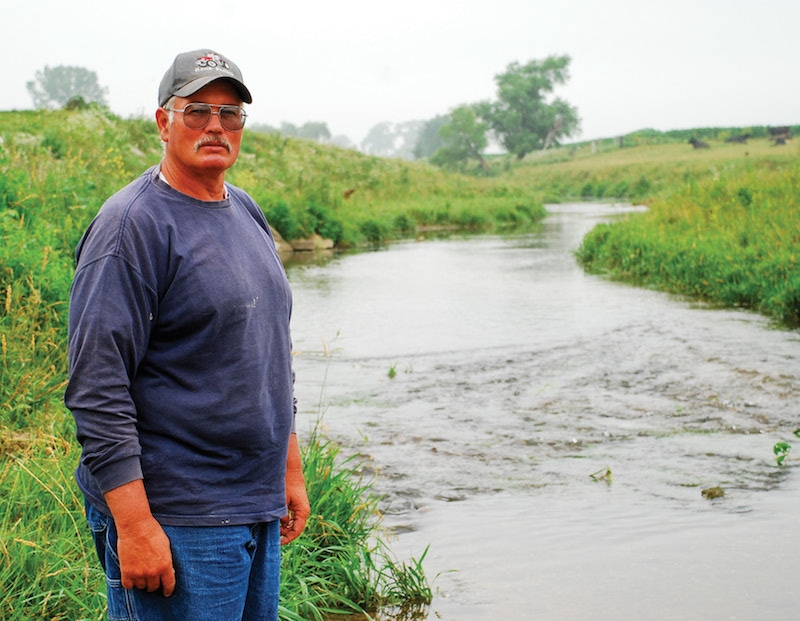
Think differentThe Hewitt Creek (Iowa) Watershed Improvement Association farmer group is the model for watershed performance-based groups (pdf) across the Corn Belt.For 10 years, 75% of its local watershed farmers have voluntarily collaborated to solve water-quality issues locally before regulators step in. Its grassroots governance, voluntary nature and collective learning style allow farmers to own and solve local water quality problems with scientific measurement tools and feedback. “The watershed group is about 60 farmers taking responsibility for what leaves their farm and learning what they can do to improve things,” says Hewitt Creek Watershed Chairman and farmer Jeff Pape, Dyersville. The group’s main goal is to improve water quality to the point of watersheds being removed from the EPA Impaired Waters list (303d).
December 23, 2014

About the Author(s)
You May Also Like



